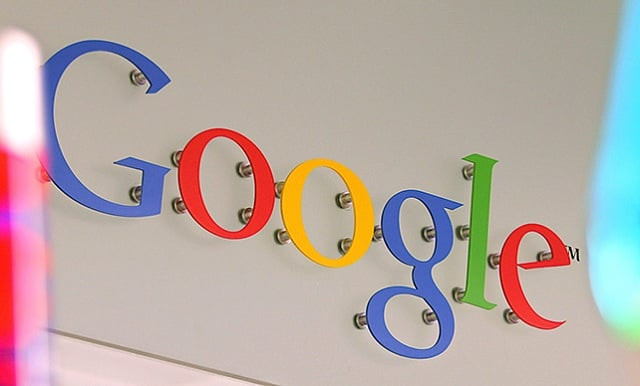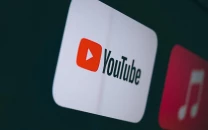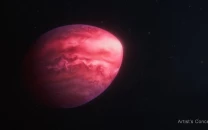Google’s new font family supports Pashto, Punjabi and Balochi text
Noto font family covers more than 800 languages and 110,000 characters

Noto font family covers more than 800 languages and 110,000 characters. PHOTO: AFP
Google launches service to take internet to India malls, cafes
It all started five years ago when Google set out to address the problem of “tofu”, blank boxes that appear in place of text when a website unable to recognise a character. Noto, which literally means "no more tofu", provides a digital type for symbols so that websites can recognise characters from languages that are limited to specific regions of the world.
 PHOTO: SCREENGRAB/GOOGLE
PHOTO: SCREENGRAB/GOOGLEThe program wasn’t an easy one and required design and testing characters from hundreds of languages with the help of specialists in specific scripts, said Google in its blog, adding, “The key to achieving this milestone has been partnering with experts in the field of type and font design, including Monotype, Adobe, and an amazing network of volunteer reviewers.”
 PHOTO: GOOGLE
PHOTO: GOOGLEFacebook, Google celebrate Pakistan's Independence Day
The Noto program will not only be able to provide a solution to tofu but also provides a platform to preserve history and culture of rare languages in the form of a digital alternative. The system will add new characters as they are introduced into the Unicode standard.
The open source program is freely available to all and can be downloaded here.
Have something to add to this story? Share it in the comments section below.



















COMMENTS
Comments are moderated and generally will be posted if they are on-topic and not abusive.
For more information, please see our Comments FAQ